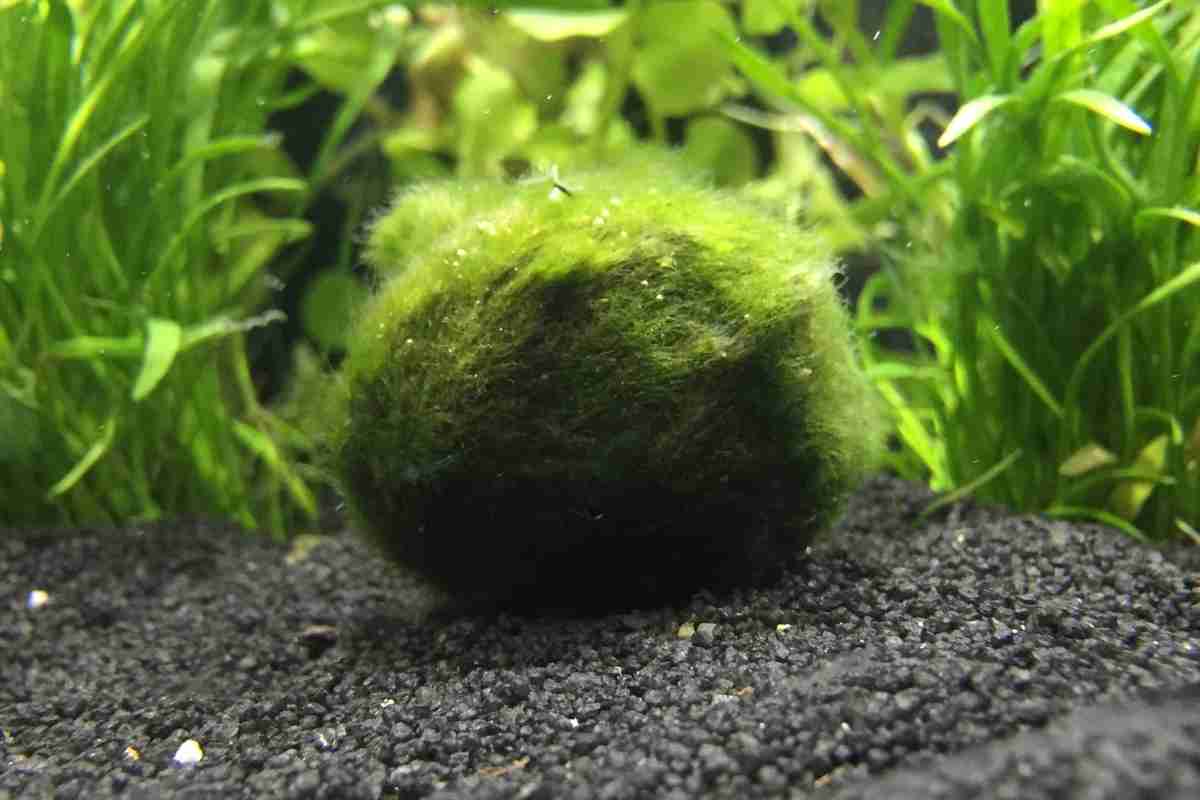
Does Sphagnum Moss Mold? Causes & Prevention
Read more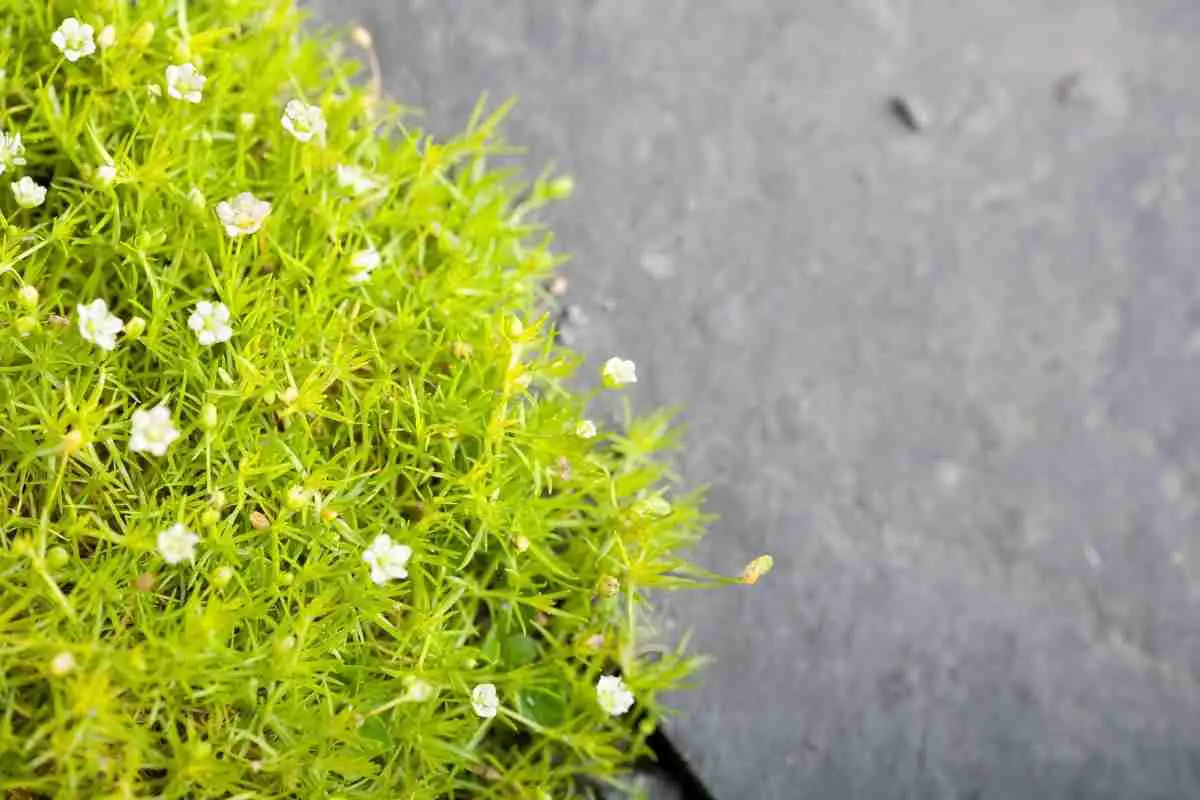
How Fast Does Irish Moss Spread?
Read more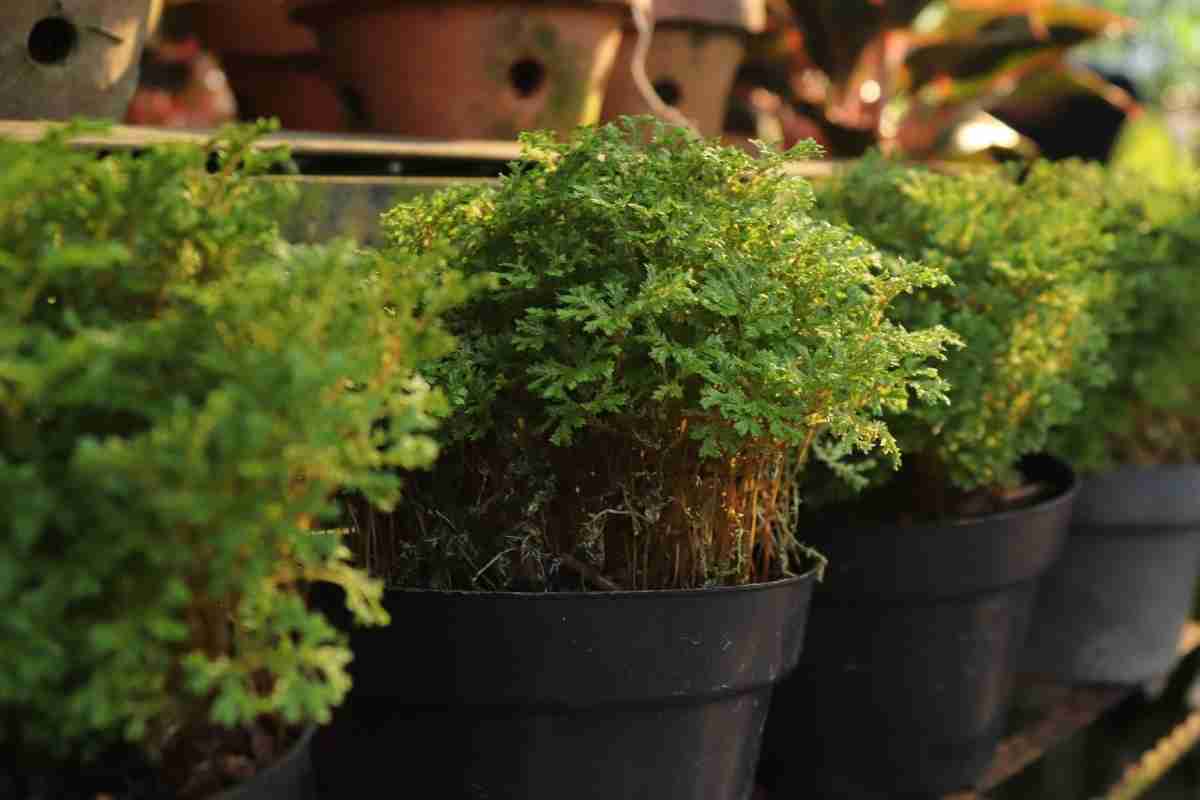
Is Moss Good For Plants? (Indoor & Outdoor Plants)
Read more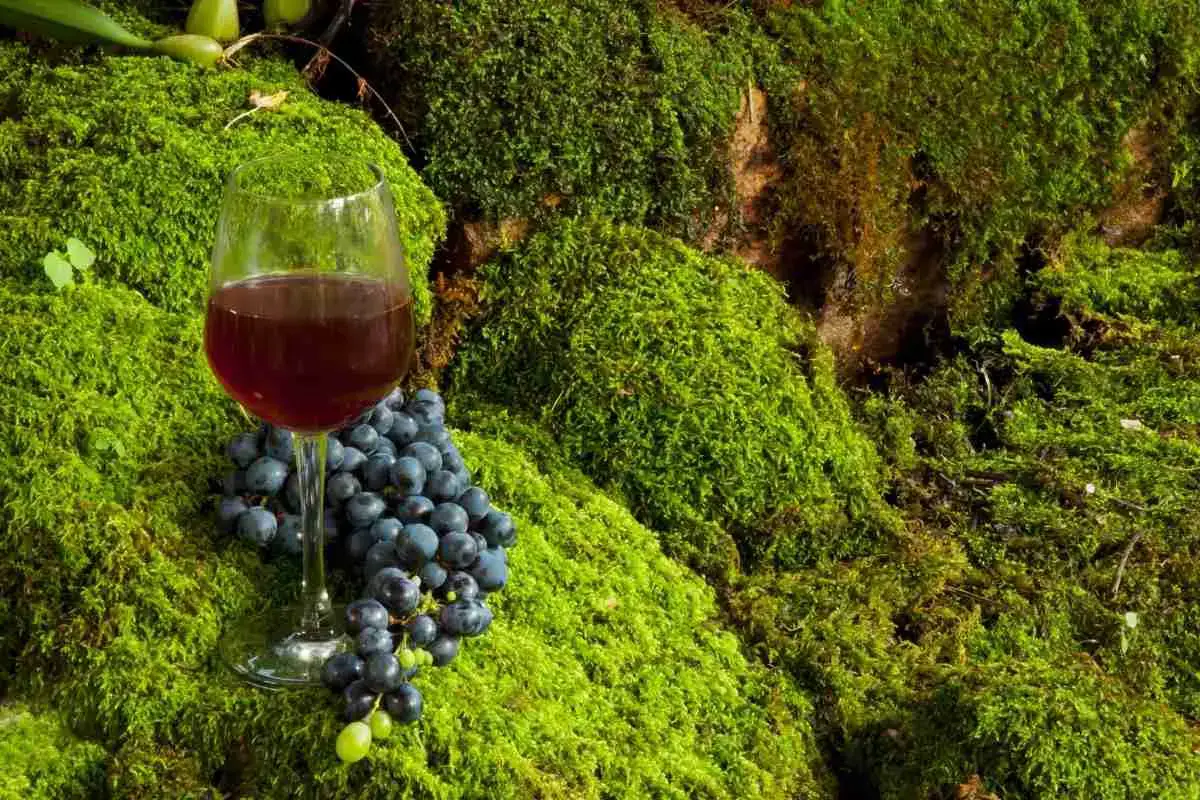
How To Grow Moss On Stone? The Ultimate Guide!
Read more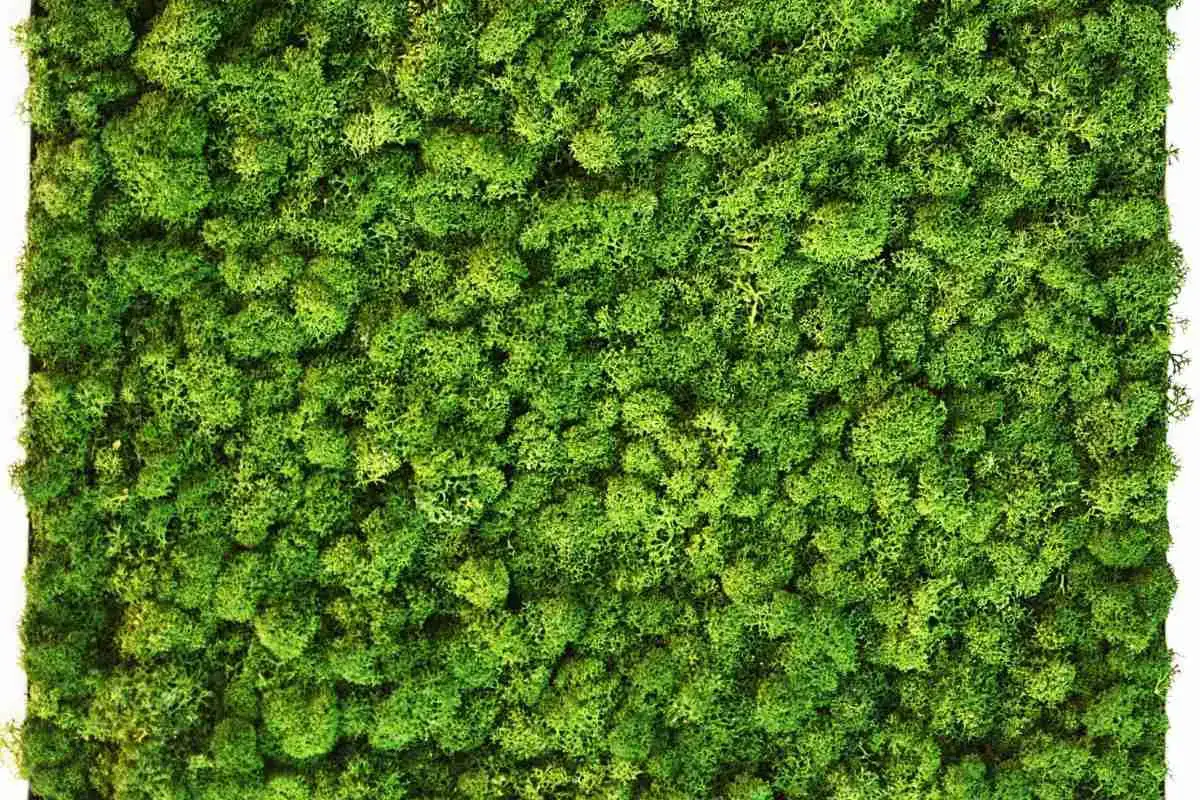
7 Easy Steps To Make An Outdoor Moss Wall
Read more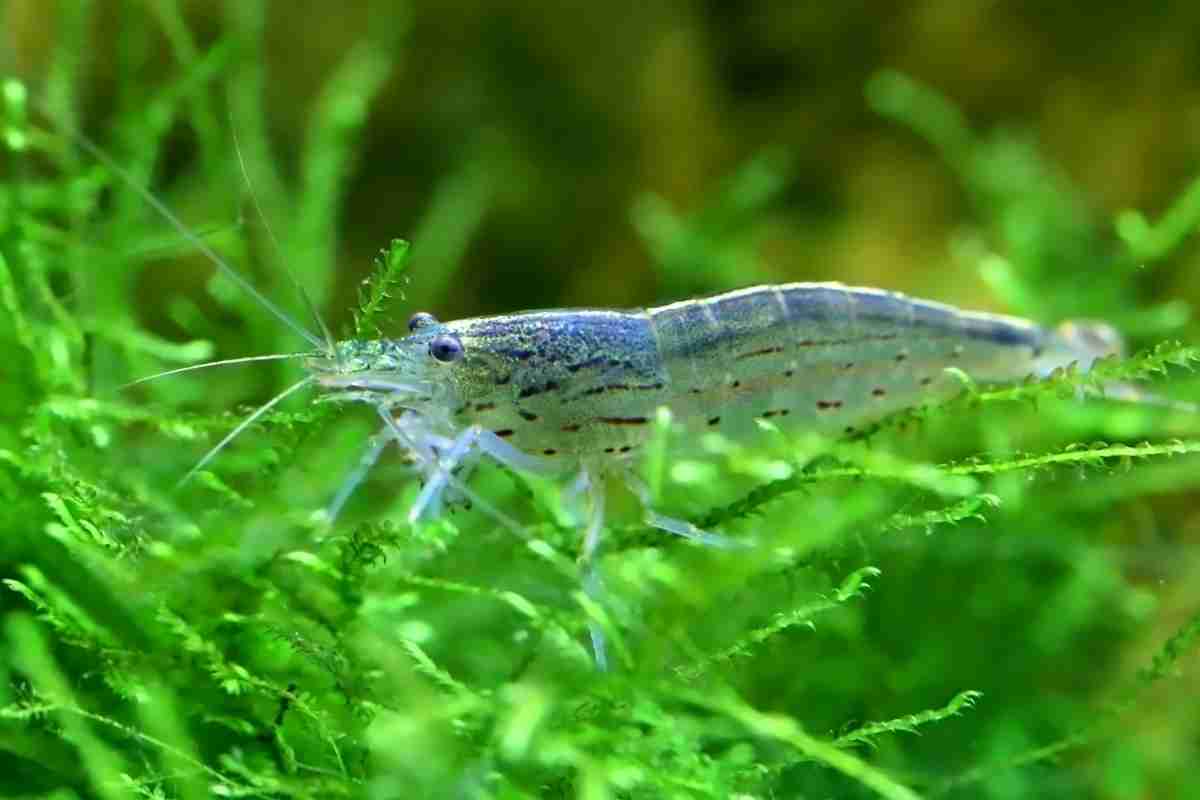
How To Grow Algae For Shrimp In An Aquarium?
Read more
Is Algae A Protist? (Autotrophic Or Heterotrophic)
Read more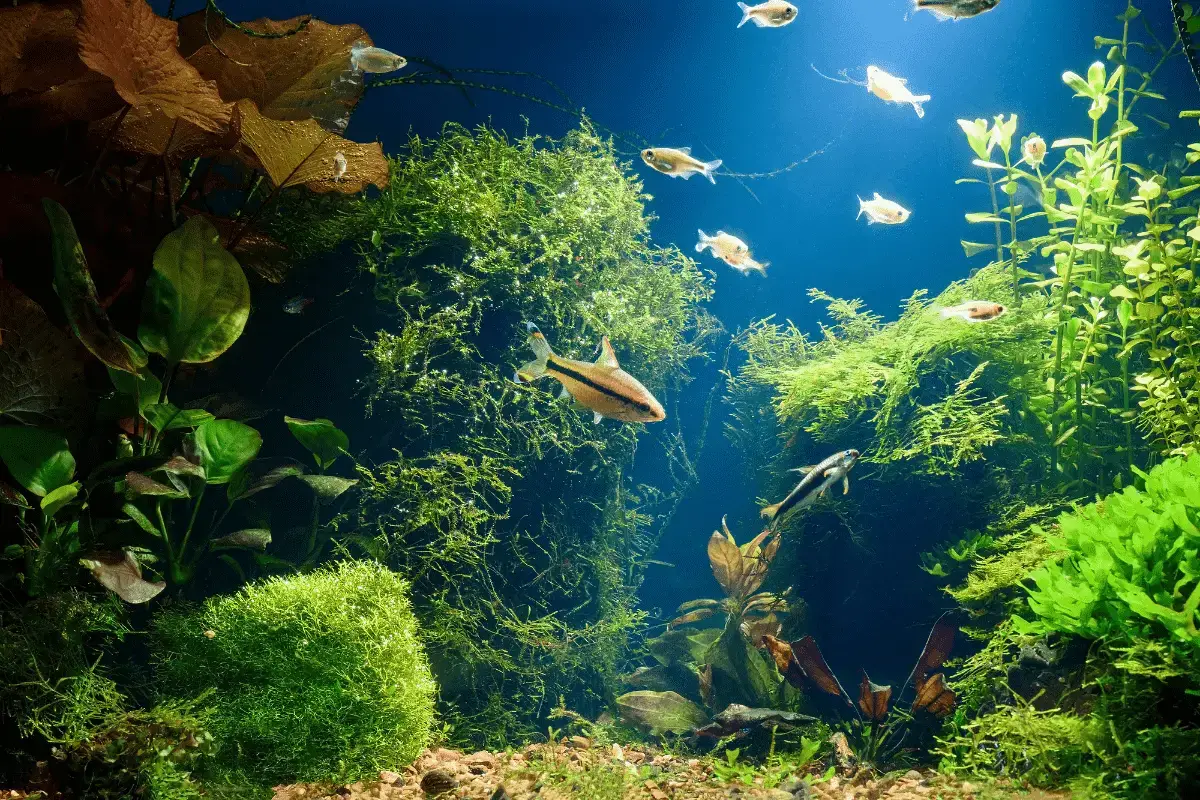
Do Moss Balls Grow? If So, How Fast?
Read more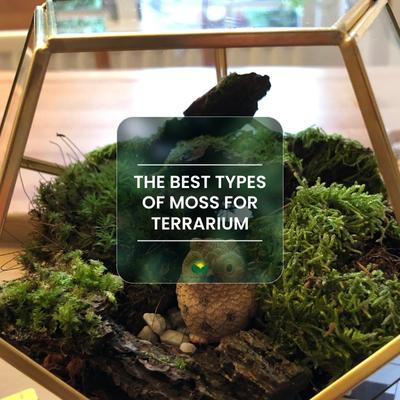
The best types of Moss for Terrarium. How to Choose, Grow and Care
Read more
Floating Moss Balls: Why Do They Float?
Read more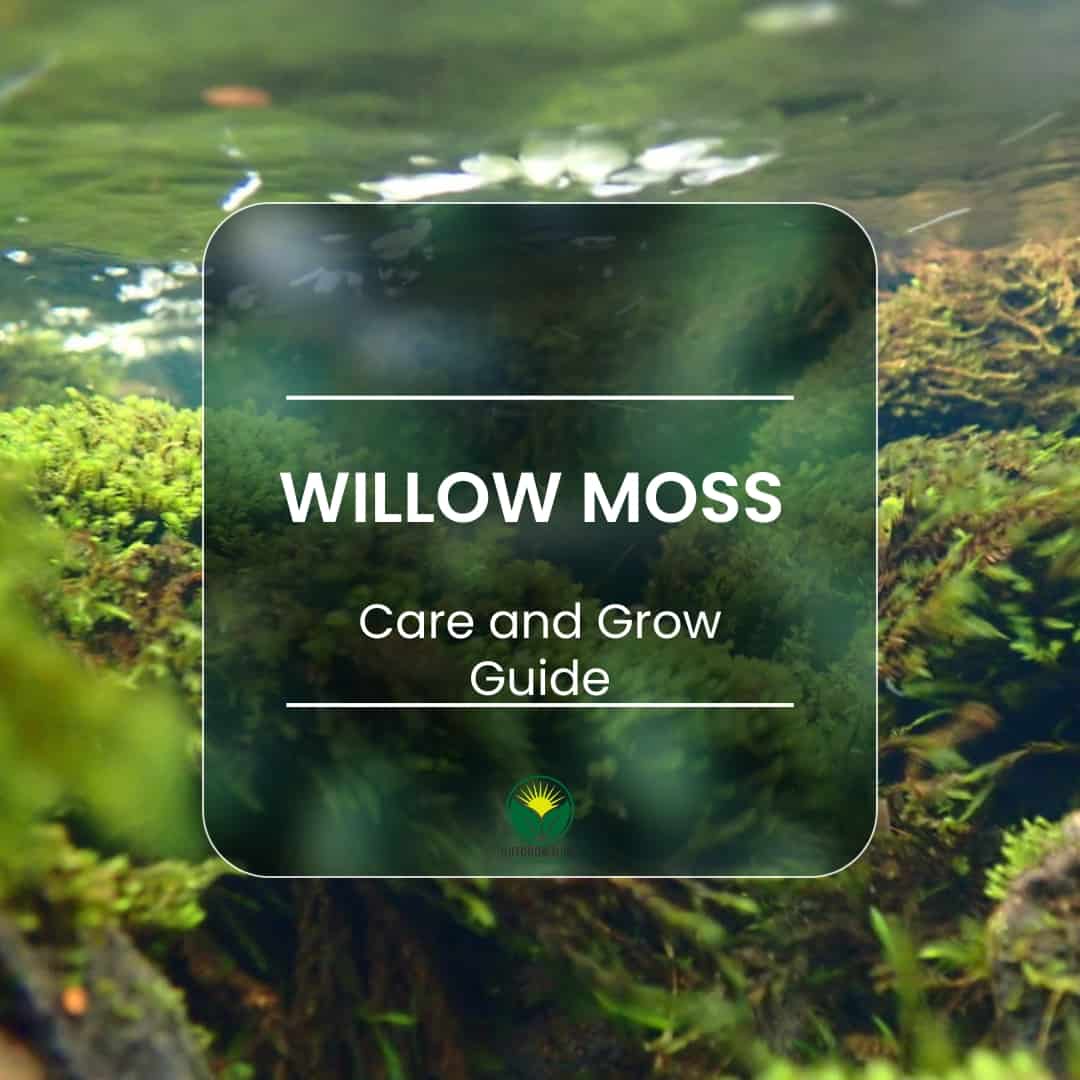
Willow Moss (Fontinalis Antipyretica). The aquatic moss par excellence. How to take care of it and make it grow in aquarium
Read more